The Majestic World of Samurai and Noblemen’s Kimonos
Kyoto’s Elite Fashion Legacy
Discover the fascinating history and intricate craftsmanship behind Japan’s most prestigious traditional garments in the cultural heart of Kyoto
- Introduction: Where Ancient Elegance Meets Kyoto’s Imperial Heritage
- The Historical Significance of Elite Kimonos in Kyoto
- Distinguishing Features of Elite Kimonos
- The Craftsmanship Behind Elite Kimonos
- Regional Variations and Kyoto’s Unique Style
- The Social Impact and Cultural Significance
- Modern Legacy and Contemporary Relevance
- Experiencing Elite Kimono Culture in Modern Kyoto
- The Future of Elite Kimono Heritage
- Conclusion: The Eternal Elegance of Kyoto’s Elite Kimonos
Introduction: Where Ancient Elegance Meets Kyoto’s Imperial Heritage
In the enchanting streets of Kyoto, where centuries-old temples stand as silent witnesses to Japan’s glorious past, the legacy of samurai and noblemen’s kimonos continues to captivate visitors from around the world. These exquisite garments, far more than mere clothing, represent the pinnacle of Japanese textile artistry and social hierarchy that flourished in this ancient imperial capital.
Kyoto, as the former seat of the Japanese imperial court for over a millennium, became the epicenter of kimono culture and refinement. The city’s aristocratic families, samurai clans, and skilled artisans collaborated to create some of the most magnificent traditional garments ever conceived. Today, walking through Kyoto’s historic districts like Gion and Arashiyama, one can still witness the enduring influence of these elite fashion traditions.
The Historical Significance of Elite Kimonos in Kyoto
Origins in the Imperial Court
The story of elite kimonos begins in Kyoto’s imperial court during the Heian period (794-1185). As the capital of Japan, Kyoto was home to the emperor and his court, where elaborate dress codes dictated not only fashion but also social standing and political power. The aristocratic families residing in Kyoto developed increasingly sophisticated kimono styles that would influence Japanese fashion for centuries to come.
During this golden age, Kyoto’s noble families commissioned master craftsmen to create kimonos using the finest silk, intricate embroidery, and exclusive dyeing techniques. These garments served as visual declarations of wealth, taste, and cultural refinement, establishing Kyoto as the undisputed center of Japanese haute couture.
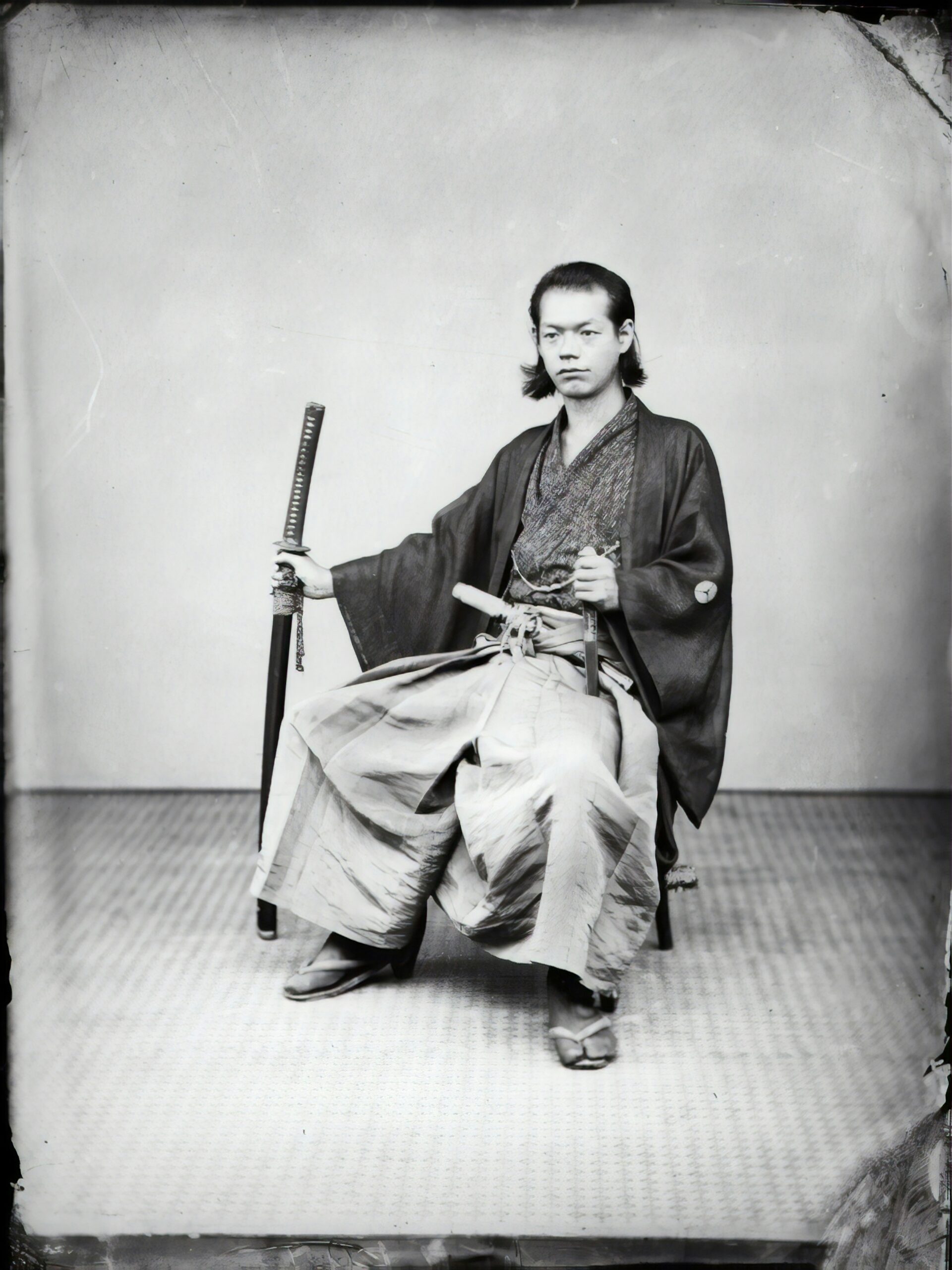
The Rise of Samurai Fashion Culture
As the samurai class gained prominence during the Kamakura period (1185-1333), Kyoto remained crucial in defining elite fashion standards. Samurai families, while primarily warriors, understood the importance of ceremonial dress in maintaining their social status. In Kyoto’s refined atmosphere, even the most battle-hardened samurai lords invested heavily in elaborate kimonos for court appearances and formal occasions.
The samurai’s approach to kimono fashion differed significantly from that of court nobles. While maintaining elegance and quality, samurai kimonos incorporated practical elements and symbolic motifs that reflected their warrior status. Dragons, cherry blossoms, and geometric patterns became popular choices, each carrying deep cultural significance within Kyoto’s sophisticated society.
Distinguishing Features of Elite Kimonos
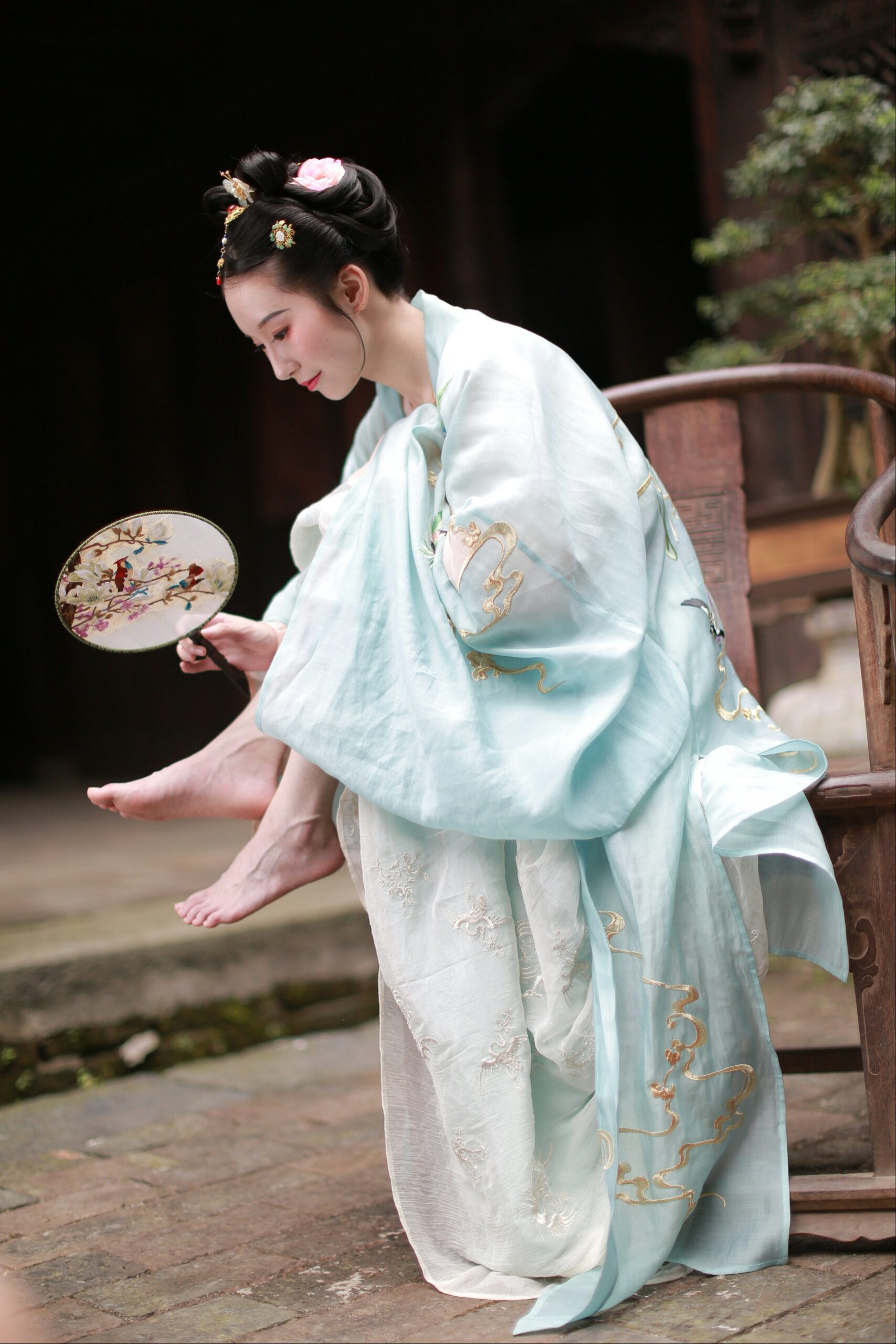
Fabric Quality and Selection
The most distinguishing characteristic of samurai and noblemen’s kimonos was their exceptional fabric quality. Kyoto’s elite exclusively wore kimonos crafted from the finest silk varieties, including:
Premium Silk Types:
- Chirimen silk: A crepe-like texture that created stunning visual depth
- Rinzu silk: Smooth, lustrous fabric perfect for intricate patterns
- Tsumugi silk: Hand-spun silk that represented understated luxury
- Omeshi silk: Casual yet refined silk for everyday aristocratic wear
These fabrics were often sourced from the most skilled silk producers in Japan, with many workshops located in and around Kyoto. The city’s humid climate and access to pure mountain water made it ideal for silk production and dyeing processes.
Color Symbolism and Social Hierarchy
In Kyoto’s stratified society, kimono colors carried profound meaning and strictly observed social protocols. The imperial court established complex color codes that determined which hues different classes could wear:
Imperial Colors (Reserved for Royalty):
- Deep purple (murasaki): Symbol of the highest nobility
- Yellow: Associated with imperial power
- Specific shades of red: Reserved for court ceremonies
Samurai Color Preferences:
- Indigo blue: Representing loyalty and steadfastness
- Forest green: Symbolizing nature and warrior spirit
- Burgundy: Denoting courage and honor
- Black: Formal occasions and ceremony
Noble Family Colors:
- Refined pastels: Demonstrating aesthetic sophistication
- Seasonal colors: Showing cultural awareness and education
- Family crests colors: Maintaining lineage identity
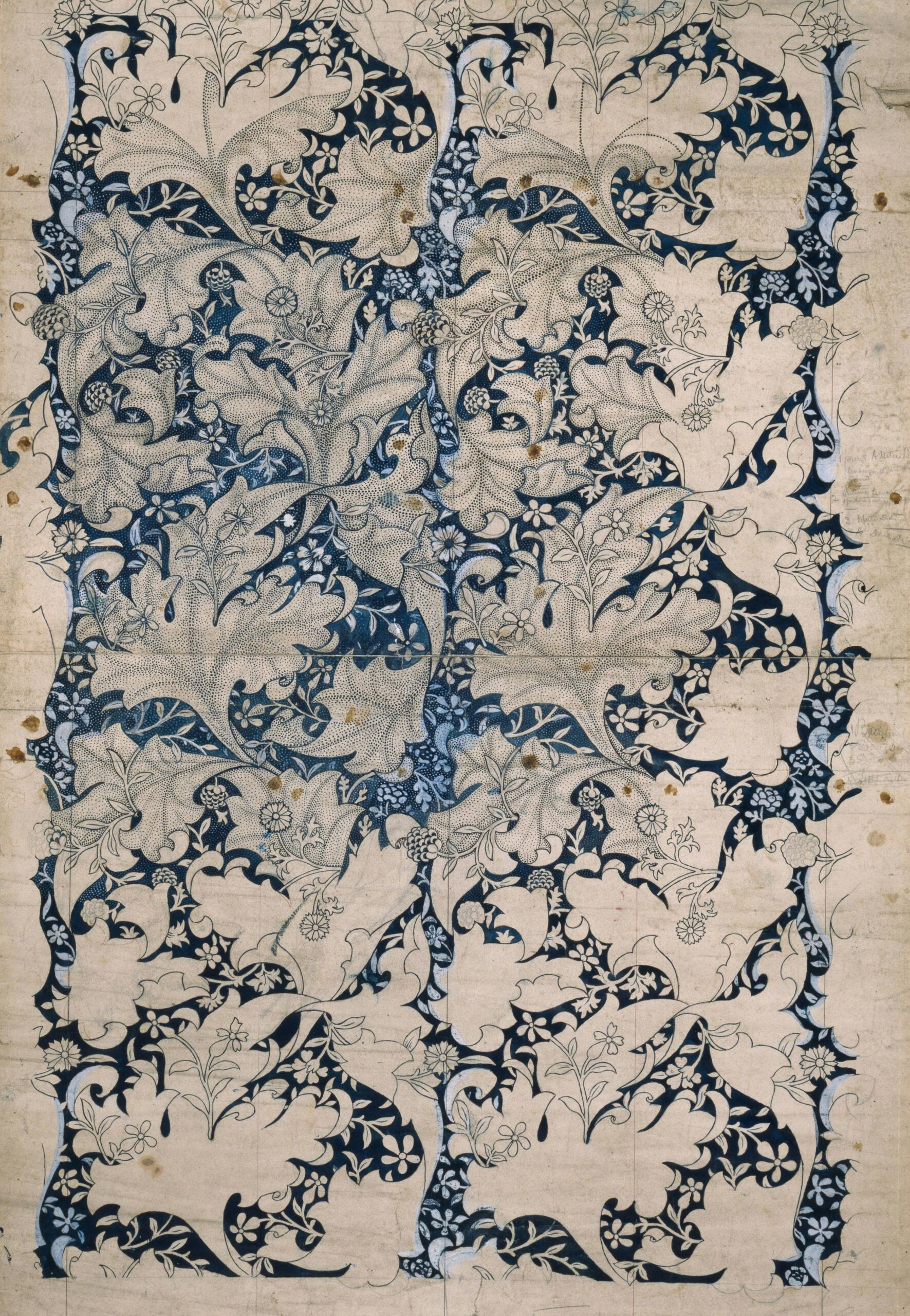
Exquisite Pattern Work and Artistic Motifs
Kyoto’s elite kimonos featured incredibly sophisticated pattern work that required months or even years to complete. Master artisans employed various techniques to create these masterpieces:
Traditional Techniques:
- Yuzen dyeing: Hand-painted designs with rice paste resist
- Shibori tie-dyeing: Creating complex geometric patterns
- Embroidery (shishu): Adding texture and dimension with silk threads
- Kanoko shibori: Intricate dot patterns requiring exceptional skill
Popular Motifs for Elite Classes:
- Nature scenes: Mountains, rivers, and seasonal flowers
- Imperial symbols: Chrysanthemums, phoenixes, and dragons
- Literary references: Patterns inspired by classical poetry
- Family crests (mon): Hereditary symbols of lineage and status
The Craftsmanship Behind Elite Kimonos
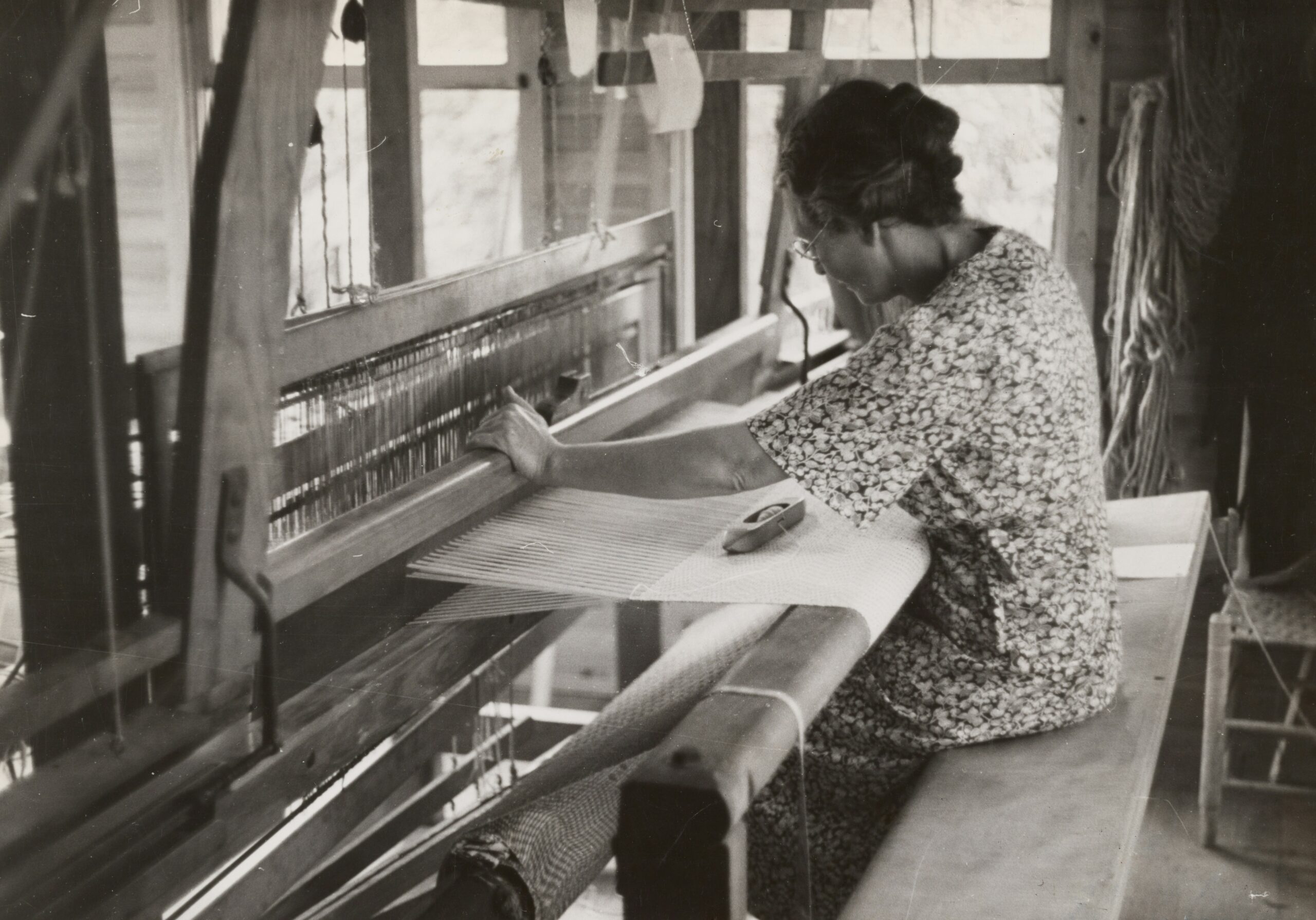
Master Artisans of Kyoto
Kyoto’s reputation for exceptional kimono craftsmanship stems from generations of skilled artisans who perfected their techniques within the city’s workshops. These master craftsmen, often working in family businesses passed down through centuries, developed secrets and methods that remain closely guarded today.
The creation of a single elite kimono involved multiple specialists:
- Designers: Conceptualizing patterns and color schemes
- Silk preparers: Selecting and treating the finest fabrics
- Dyers: Applying colors using traditional methods
- Embroiderers: Adding intricate decorative elements
- Pattern specialists: Creating complex motif arrangements
- Final assemblers: Constructing the finished garment
Time-Intensive Creation Process
Creating an elite kimono was an extraordinarily time-consuming process that could take anywhere from six months to several years. The complexity depended on the intended use, social status of the wearer, and intricacy of the design elements.
Production Timeline:
Design phase (1-3 months): Conceptualization and planning
Silk preparation (2-4 weeks): Selection and initial treatment
Pattern transfer (3-6 weeks): Applying designs to fabric
Dyeing process (2-6 months): Multiple applications and drying cycles
Embroidery work (3-12 months): Hand-stitching decorative elements
Final assembly (4-8 weeks): Constructing the completed garment
This painstaking process ensured that each kimono was truly a work of art, worthy of Kyoto’s aristocratic and samurai elite.
Regional Variations and Kyoto’s Unique Style
Distinctive Kyoto Characteristics
While kimono traditions existed throughout Japan, Kyoto developed its own distinctive style characteristics that set elite garments apart from those produced in other regions:
Kyoto Style Features:
- Subtle color palettes: Refined, muted tones reflecting court aesthetics
- Sophisticated pattern placement: Strategic design positioning for maximum visual impact
- Premium fabric finishing: Exceptionally smooth textures and lustrous sheens
- Cultural motifs: References to Kyoto’s temples, gardens, and literary heritage
- Seasonal sensitivity: Designs perfectly calibrated to Japan’s changing seasons
Influence of Kyoto’s Geography and Culture
Kyoto’s unique geographical location and cultural environment significantly influenced elite kimono design. Surrounded by mountains and blessed with numerous temples and gardens, the city provided endless inspiration for kimono patterns and color schemes.
Geographic Influences:
- Mountain motifs: Representing the surrounding Higashiyama and Kitayama ranges
- River patterns: Inspired by the Kamogawa and Katsuragawa rivers
- Garden designs: Reflecting Kyoto’s famous temple and palace gardens
- Architectural elements: Incorporating traditional building designs
Cultural Influences:
- Buddhist symbolism: Lotus flowers, wheel of dharma, and peaceful imagery
- Shinto elements: Sacred animals, natural spirits, and seasonal celebrations
- Literary traditions: References to classical poetry and literature
- Court ceremonies: Formal patterns suitable for imperial occasions
The Social Impact and Cultural Significance
Status Symbols and Social Communication
In Kyoto’s highly stratified society, kimonos served as sophisticated communication tools that instantly conveyed information about the wearer’s social status, wealth, family background, and cultural refinement. Elite families invested enormous resources in their kimono collections, understanding that these garments were essential for maintaining their position in society.
Social Indicators:
- Fabric quality: Immediate indication of economic status
- Pattern complexity: Demonstration of cultural sophistication
- Color appropriateness: Understanding of social protocols
- Seasonal coordination: Evidence of cultural education
- Family symbols: Display of aristocratic lineage
Economic Impact on Kyoto
The elite kimono industry created a substantial economic ecosystem in Kyoto that supported thousands of artisans, merchants, and related businesses. This industry helped establish Kyoto as Japan’s premier center for luxury textile production, a reputation that continues today.
Economic Benefits:
- Employment: Supporting large numbers of skilled craftspeople
- Trade: Attracting merchants and buyers from across Japan
- Innovation: Driving technological advances in textile production
- Tourism: Drawing visitors interested in kimono culture
- Cultural export: Spreading Kyoto’s reputation internationally
Modern Legacy and Contemporary Relevance
Preserving Traditional Techniques
Today, Kyoto continues to serve as the guardian of traditional kimono craftsmanship. Several institutions and workshops throughout the city are dedicated to preserving the techniques used to create elite kimonos, ensuring that this cultural heritage survives for future generations.
Preservation Efforts:
- Traditional craft schools: Teaching ancient techniques to new artisans
- Museum collections: Displaying historical examples for study and inspiration
- Cultural workshops: Offering hands-on experiences for visitors
- Master artisan programs: Supporting elderly craftspeople in passing on their knowledge
- Documentation projects: Recording traditional methods and designs
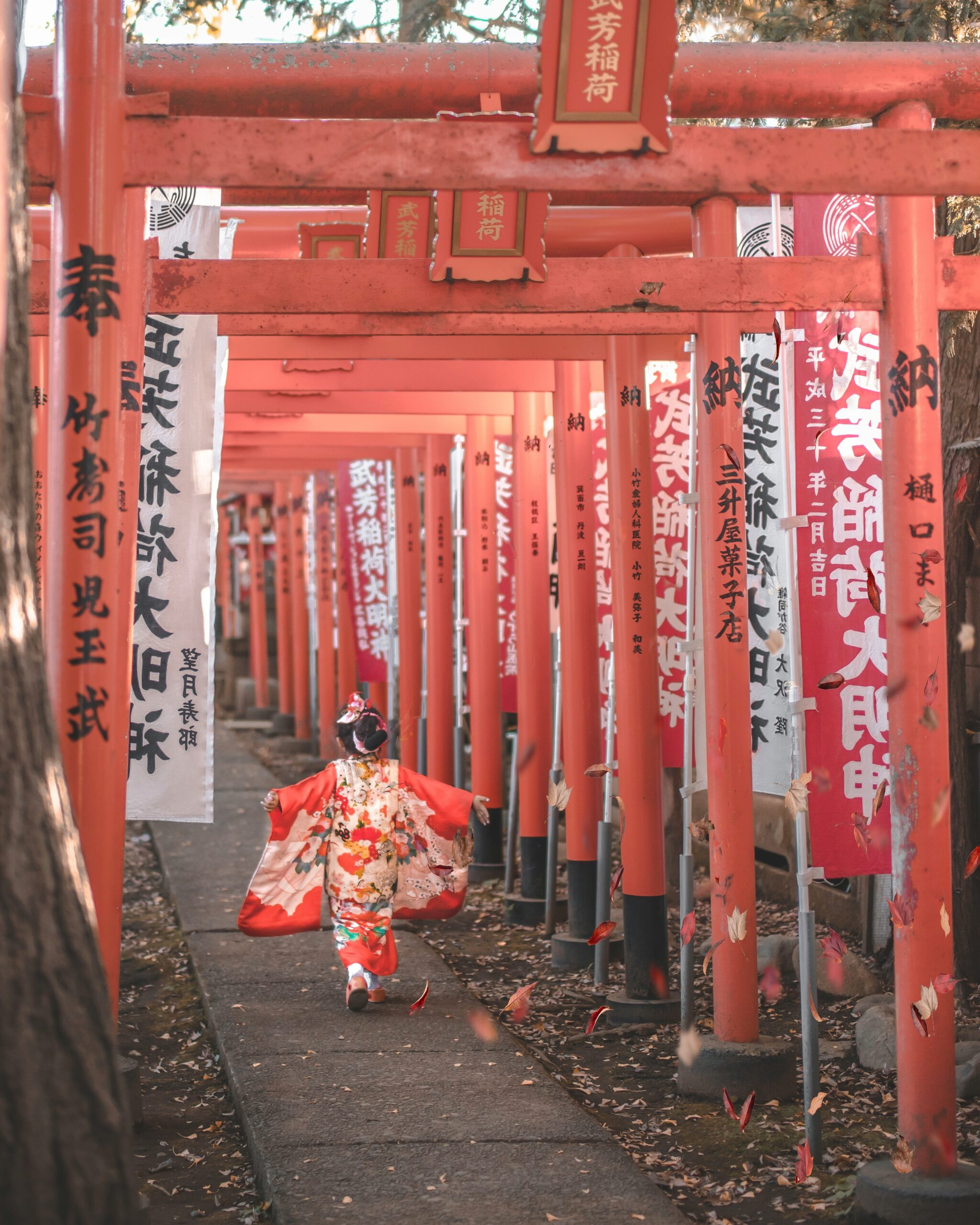
Contemporary Applications
While the era of samurai and imperial nobility has passed, the influence of elite kimono design continues to inspire contemporary fashion, art, and cultural expression in Kyoto and beyond.
Modern Influences:
- High fashion: International designers drawing inspiration from traditional patterns
- Contemporary kimono: Modern interpretations for today’s wearers
- Interior design: Traditional motifs in contemporary home decoration
- Digital art: Classical patterns reimagined in modern media
- Cultural events: Festivals and ceremonies maintaining traditional dress codes
Experiencing Elite Kimono Culture in Modern Kyoto
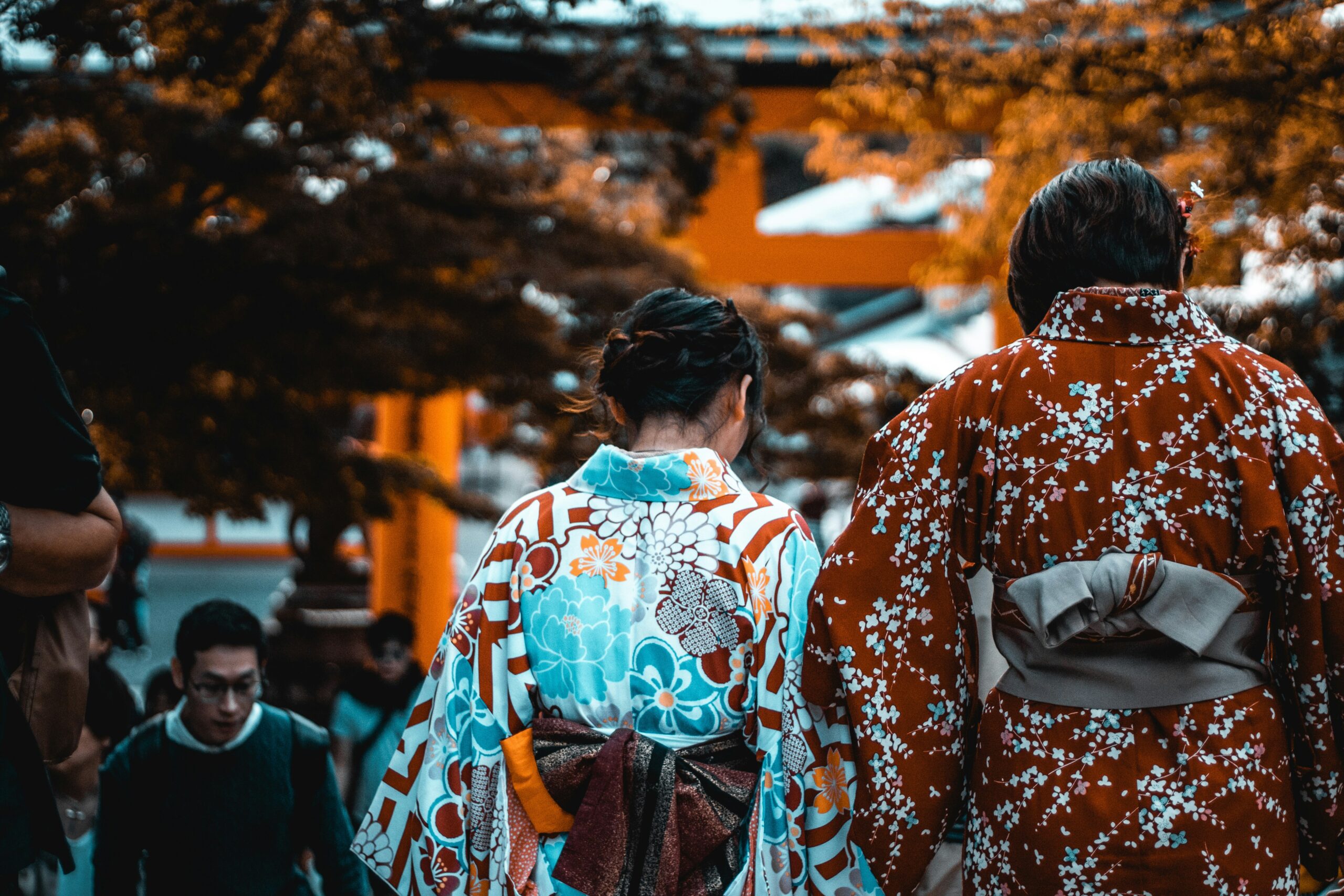
Museums and Cultural Centers
Kyoto offers numerous opportunities for visitors to experience the world of elite kimonos firsthand. Several museums and cultural centers throughout the city maintain extensive collections and offer educational programs.
Must-Visit Locations:
- Kyoto National Museum: Extensive collection of historical textiles
- Kodai-ji Temple: Seasonal kimono exhibitions
- Nishiki Market area: Traditional textile shops and workshops
- Gion district: Geisha kimono culture and high-end shops
- Arashiyama: Scenic area perfect for kimono photography
For those interested in capturing the beauty of traditional Japanese culture, AllPhoto Kyoto offers professional photography services that beautifully document your experience with kimono culture in this historic city.
Hands-On Cultural Experiences
Modern Kyoto provides various opportunities for visitors to engage with kimono culture directly, from rental services to crafting workshops.
Cultural Activities:
- Kimono rental services: Experience wearing traditional garments
- Dyeing workshops: Learn traditional coloring techniques
- Pattern-making classes: Understand design principles
- Cultural tours: Guided experiences through historic districts
- Photography sessions: Professional documentation of your cultural experience
The Future of Elite Kimono Heritage
Challenges and Opportunities
Preserving the tradition of elite kimono craftsmanship faces both challenges and opportunities in the modern world. While traditional demand has decreased, new interest from international audiences and cultural tourism provides fresh avenues for sustaining these ancient arts.
Current Challenges:
- Declining traditional demand: Fewer formal occasions requiring elaborate kimonos
- Aging artisan population: Master craftspeople retiring without successors
- Economic pressures: High costs of maintaining traditional workshops
- Competition: Machine-made alternatives reducing market demand
- Cultural changes: Modern lifestyle reducing kimono usage
Emerging Opportunities:
- Cultural tourism: International interest in traditional crafts
- Artistic collaborations: Fusion projects with contemporary artists
- Educational programs: Teaching traditional techniques to global audiences
- Digital documentation: Preserving techniques through modern technology
- Luxury market: High-end consumers seeking authentic cultural experiences
Sustaining the Legacy
Kyoto’s commitment to preserving elite kimono traditions continues through various initiatives designed to maintain this cultural heritage while adapting to contemporary realities.
Sustainability Initiatives:
- Artisan training programs: Developing new generations of skilled craftspeople
- Cultural partnerships: Collaborating with international institutions
- Technology integration: Using modern tools to enhance traditional methods
- Educational outreach: Teaching appreciation for traditional crafts
- Economic support: Government and private funding for preservation efforts
Conclusion: The Eternal Elegance of Kyoto’s Elite Kimonos
The world of samurai and noblemen’s kimonos represents one of humanity’s most sophisticated expressions of textile artistry, social organization, and cultural refinement. In Kyoto, where these traditions reached their highest development, the legacy continues to inspire and educate visitors from around the globe.
These magnificent garments tell stories of power, beauty, spirituality, and human creativity that transcend their original time and place. They remind us that clothing can be much more than mere covering – it can be art, communication, and cultural expression of the highest order.
As you explore Kyoto’s historic districts and cultural sites, take a moment to appreciate the incredible heritage of elite kimono culture that continues to enrich this remarkable city. Whether you’re admiring museum collections, participating in cultural workshops, or simply walking through the same streets where samurai and nobles once displayed their magnificent garments, you’re connecting with a tradition that has shaped Japanese culture for over a thousand years.
For those seeking to capture the timeless beauty of Kyoto’s cultural heritage, AllPhoto Kyoto provides professional photography services that beautifully document your cultural journey through this historic city, creating lasting memories of your encounter with Japan’s most sophisticated traditional arts.
The story of elite kimonos in Kyoto is ultimately a story of human creativity, cultural refinement, and the enduring power of traditional craftsmanship. In preserving and sharing this heritage, Kyoto continues to serve as a bridge between Japan’s magnificent past and its dynamic future, ensuring that the elegance and sophistication of samurai and noblemen’s kimonos will continue to inspire generations to come.


コメント